I am trying to understand merging of unrelated histories. Git 'merge' command has an option "--allow-unmatched histories" to merge unrelated histories. I am missing some clarity here. The root folder in GIT is called as 'project'. project contains many repositories. Each repo may have several branches.
Considering all this. I have two 'projects' (a, b). In project 'a', I have a repo called 'arepo'. 'arepo' have a branch 'abranch'. Similarly, there is project 'b'. project 'b' has a repo called 'brepo'. 'brepo' has a branch called 'bbranch'.
The following picture depicts the situation:-

In this situation can we merge "abranch" and "bbranch" using "allow-unrelated-histories" option of GIT Merge?
Thanks in advance.